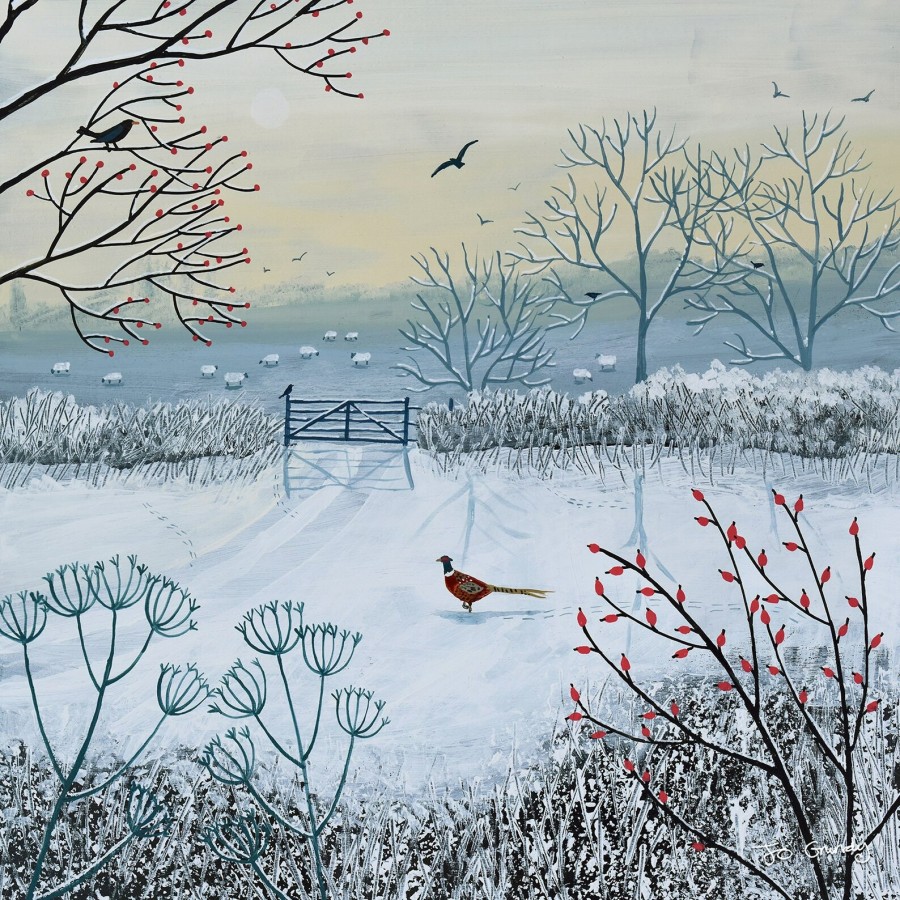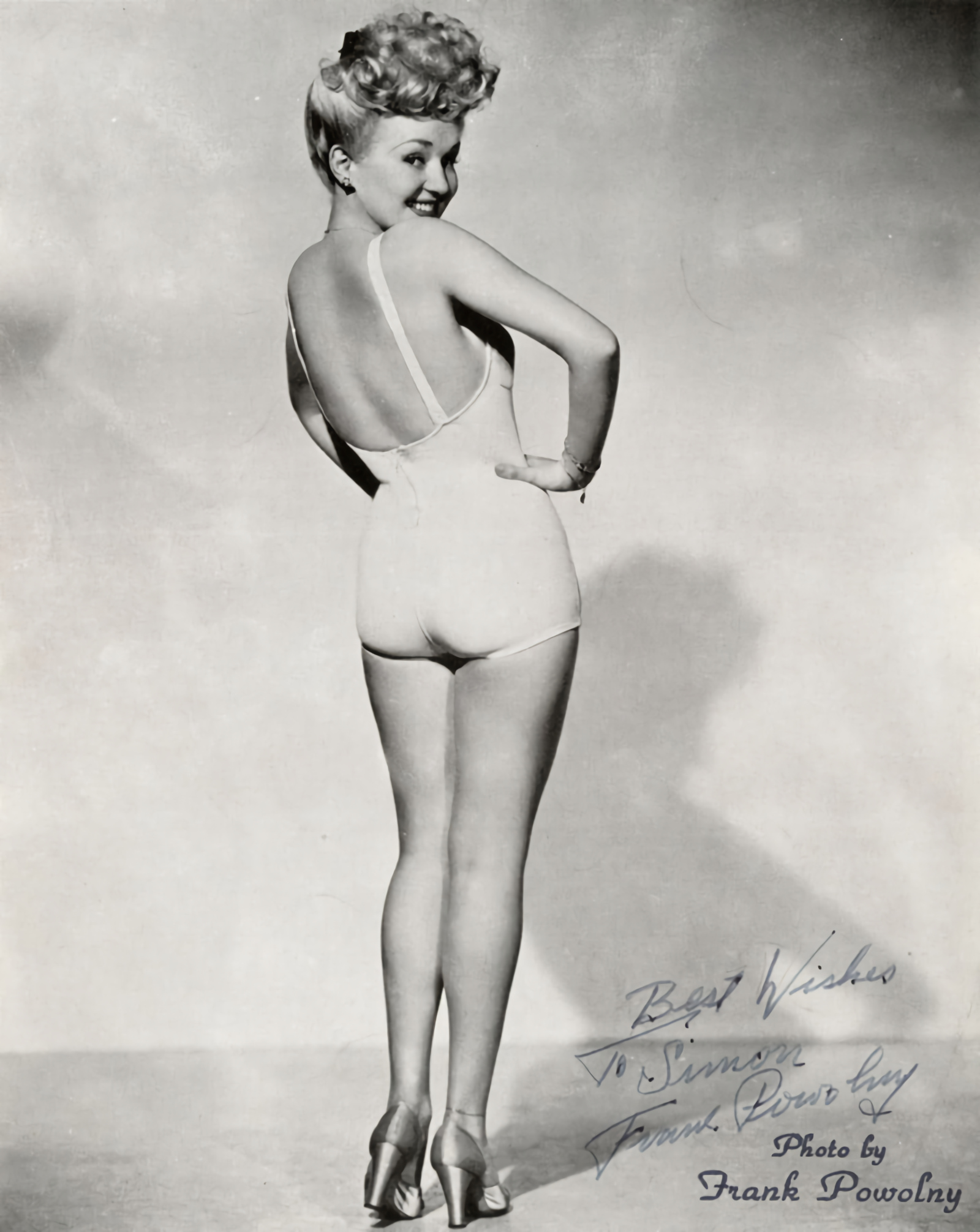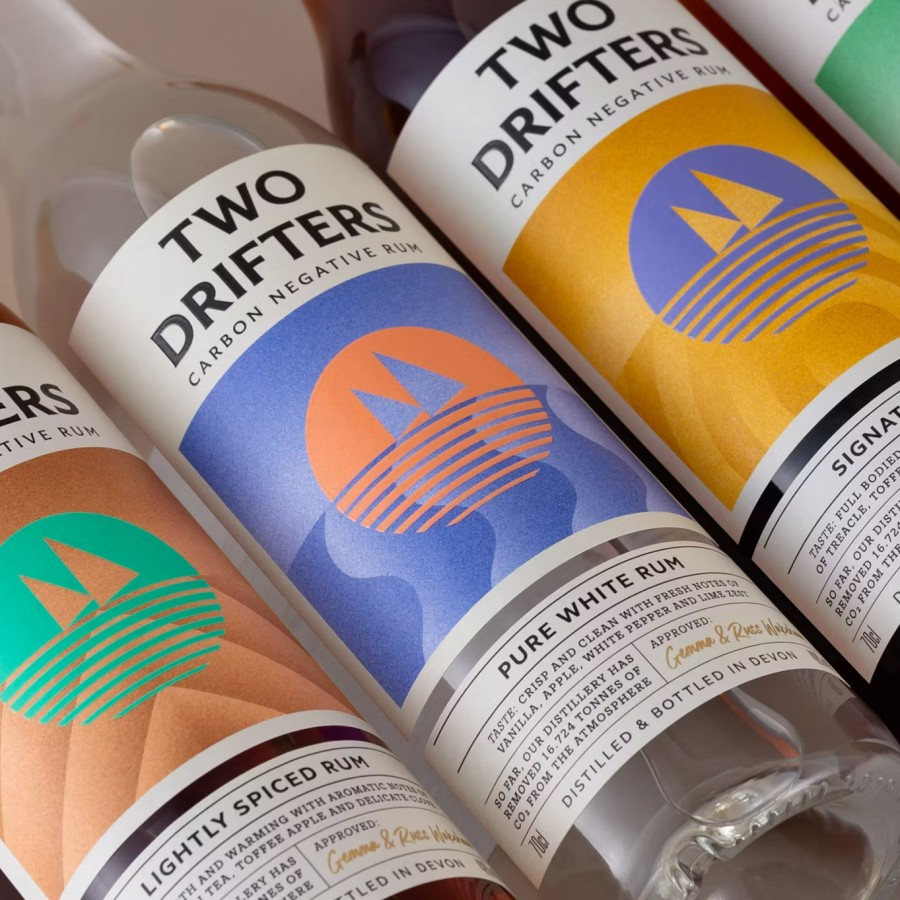
League Against Cruel Sports are the experts on who hunts for what, and why in nearly all cases, it’s done for sport and money, not for keeping numbers under control. Deer contraceptive in Maryland (USA) has worked wonderfully, and it’s now illegal to hunt foxes (who in the wild eat rabbits and rats).
Hunting deer is particularly cruel as deer have no sweat glands, so are exhausted with heat stroke, by the time they are killed. The charity has had sanctuaries where deer have literally flown over the border into ‘safe territory’ and been saved by volunteers. The charity still has sanctuaries that are free from shooting and hunting, and also conducts investigations into illegal shoots and hunts.
If the League Against Cruel Sports didn’t exist, I’d have started it myself. Bill Oddie OBE (President)
The organisation was founded back in 1924 to ban the hunting of foxes, stags, otters and hares. Founder Ernest Bell was a Cambridge graduate known for his campaigining for both animal and human welfare. Whilst there he joined the RSPCA and became a vegetarian, and spent the rest of his life working for animal rights. The organisation also campaigns against dog fighting, cock-fighting and mink hunting (restoring habitats for water voles is key).
If hunting is a sport, let the animal have a rifle as well and let it fire back at you. Hamza Yassin
why so slow to ban hunting?
From England hunts to trophy hunting imports, one often asks why the law is so slow? It’s often because a tiny percentage of people own most of our land. Taking back our collective power is key, so decisions are not made by a few vested interests. The UK is currently hopefully passing a bill to ban the import of trophy hunting goods, which would go far to protect tigers and other endangered species. There has been uproar among animal welfare groups due to a small group of pro-hunting peers in the House of Lords who have been deliberating time-wasting to delay and almost hijack the Bill, putting it at risk.
Although most hunting is banned, some people still hunt illegally and others hunt deer saying it’s necessary to keep numbers down (it’s not, in Maryland USA they use contraception to great effect). To that effect, don’t eat venison. Vets also say not to give pets deer antlers as chews, as they can choke or cause painful teeth injuries. One vet says obviously you should buy safe chews (and always supervise) but not rawhide, antlers or ‘anything you would not want to be whacked on the knee with yourself’.
why pheasant shoots cause flooding
An area the size of London is taken over for private grouse shoots (which flattens land to cause floods). Flooding is more common these days, but it’s not just caused by rain and rivers bursting banks. It’s caused by removing trees, climate change, outdated building techniques, removing peat and shooting pheasants.
Pheasants are not native birds, but we have millions of them (along with partridges and quail). They are lovely birds with a croaking call but have no road sense, and lots of them are killed each year, as they are overbred for the pheasant shooting industry.
League Against Cruel Sports is campaigning against caged breeding. Most pheasants raised to be shot for food or ‘sport’ are housed in conditions similar to battery-farmed chickens. Many people who go shooting are not good at it, and so many birds are injured rather than killed outright. Over-breeding also leads to impacts on our ecosystems (they eat sand lizards and baby adders, so over-breeding leads to too many being eaten). Some gamekeepers also set traps to target native predators like foxes and stoats, which in turn can trap hares and badgers (or even domestic dogs).
Another issue often not talked about in political circles is that pheasant shooting is one area linked to an increasing amount of flooding. This is because the land with bogs (peat etc) is flattened, by burning heather to provide breeding habitats. This in turn means the bogs are not able to absorb rain, which turns into floods. But as most pheasant shoots are on private estates, nobody can see. And like hares, there are no closed seasons, so when the adults die, so babies are left to starve.
Learn more in Mark Avery’s book Conflict in the Uplands. Looking at the conflict between grouse shooting and nature conservation, this multi-million pound business dominates the hills of the Pennines, North Yorkshire Moors, Cheviots and Scotland. And backed by powerful lobbyists, to prevent change even though it’s wrecking the hills and impacting habitats of mountain hares and hen harriers. He also details his campaign with Chris Packham to gain support to ban grouse shoooting, which came to light during the devastating floods of 2015, showing how they were all linked.
the grey partridge’s return to the South Downs
The Return of the Grey Partridge is the story of how wildlife was restored to an estate in West Sussex, prompted by a collapse in numbers of grey partridgesThis book uses good farming methods to restore wildlife, but the estate itself only restored habitats for grey pheasants in order to shoot them. Recently a snare trapped a domestic dog.
Following the estate through the seasons of one year, the book shows how fields are divided up with hedgerows and trees, beetle banks are built across fields, and land is manured (rather than fed artificial fertilisers). And much land is returned to pasture.






